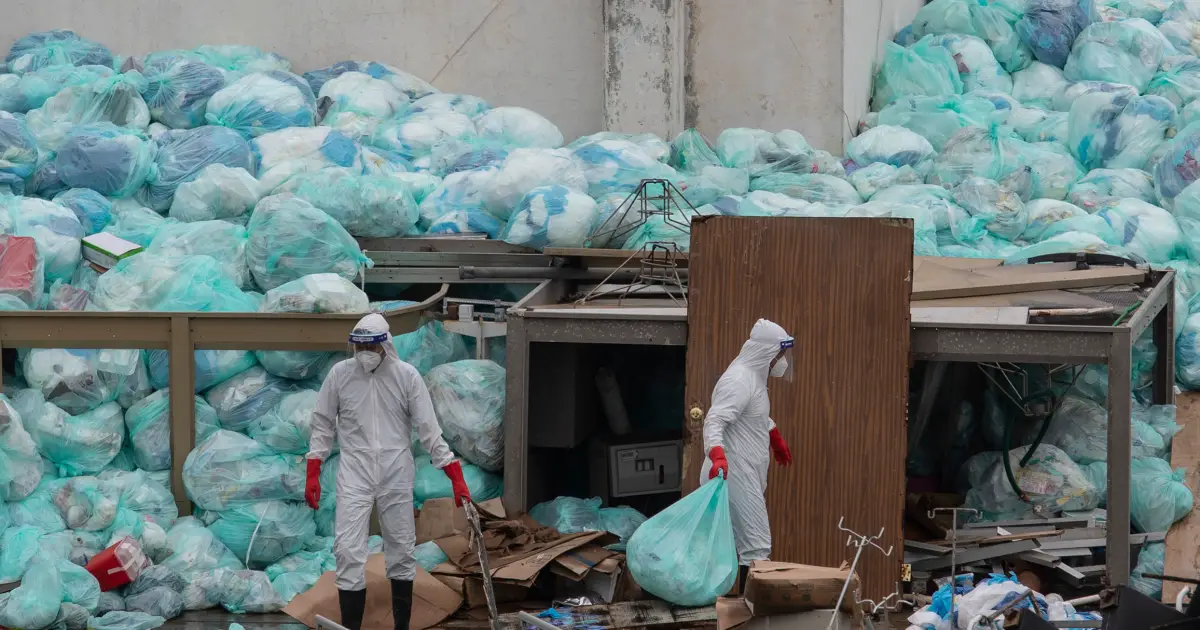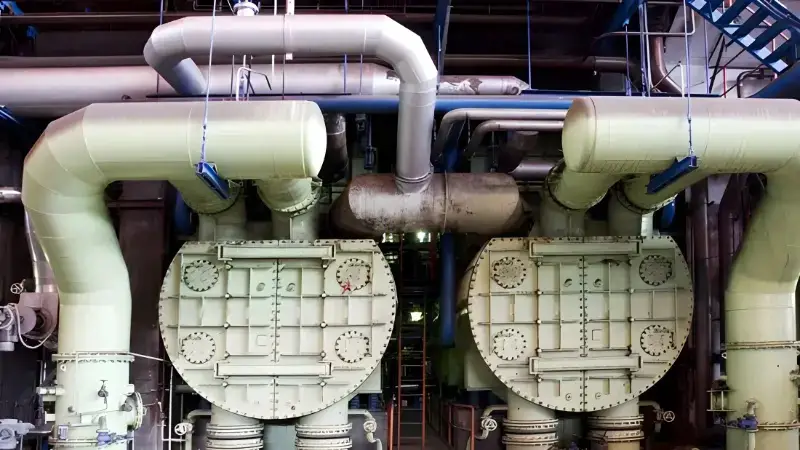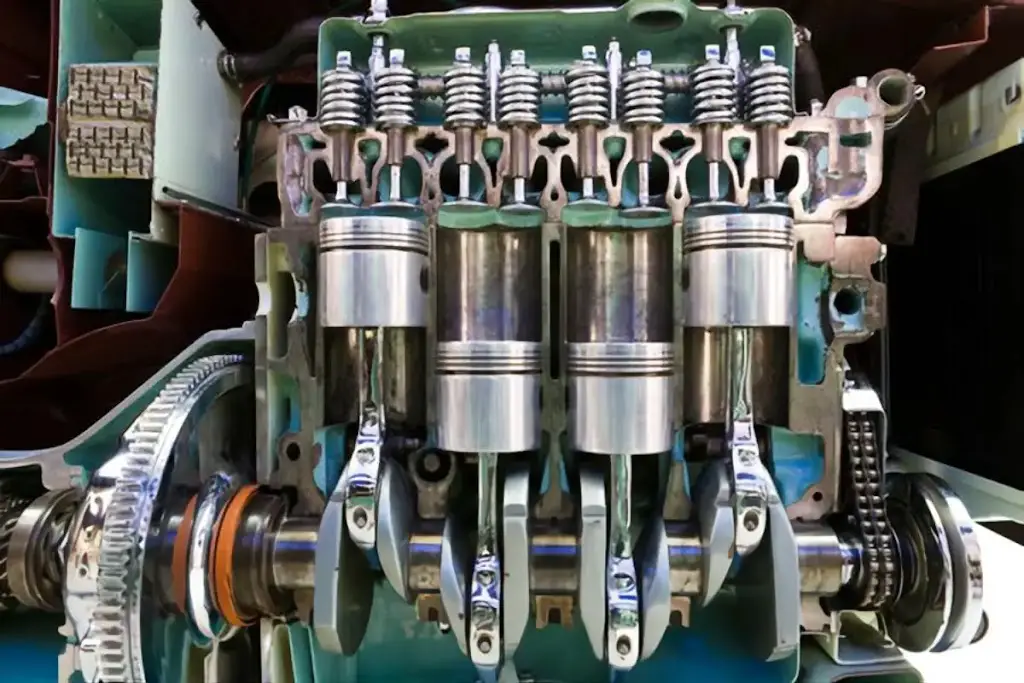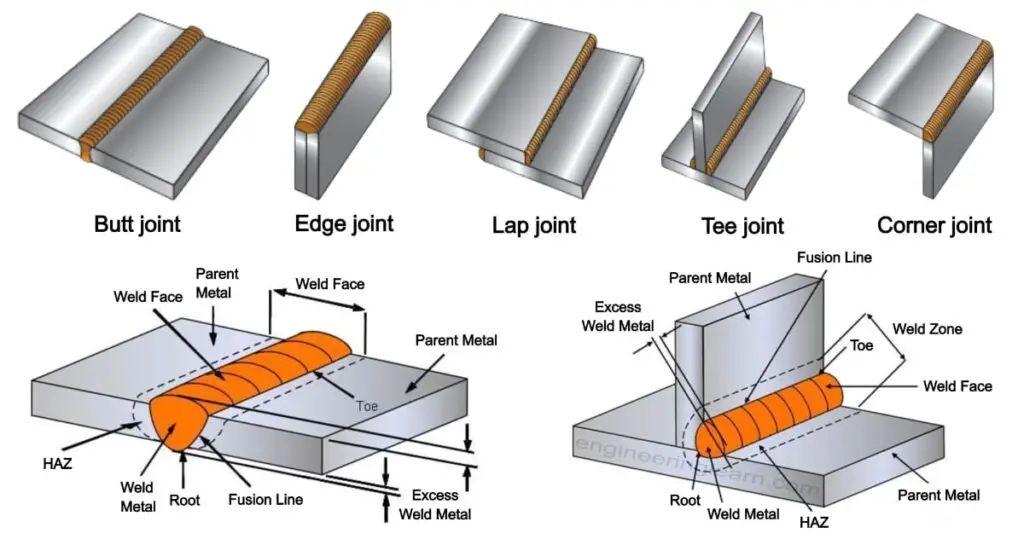Medical waste volume
Each year the world produces about two billion tons of medical waste. The United States alone generates about six million tons annually. Health care wastes are considered dangerous and must be dumped correctly based on professional criteria. There are several reasons to avoid exposure to medical wastes and dispose of them safely and correctly. One of the main reasons is our health, animals’ health, water, plants and soil pollution. First of all, let us learn more about this waste and its types for better understanding.
What is medical waste, and what are its types?
Medical waste is all generated in medical practices, hospitals, laboratories, pharmacies and nursing homes.
It is divided into four different types:
• Hazardous is the waste that would cause harm to humans; however wouldn’t cause infection, just like chemicals which are at the end still toxic to us
• Infectious is all the waste that could cause an infection like blood, human tissue, a used syringe and so on
• Radioactive are all medical products containing nuclear components like some cancer treatments
• General waste is any house-similar waste like paper, cards, and pens
How harmful is medical waste?
This waste is harmful to our health in several ways
– all sharp tools could cause injury and skin wound
– all chemical products could cause skin irritation and burn
– All radioactive waste increases cancer risk or heart problems after prolonged exposure
– All infectious products have a high possibility of infection transmission not only to humans but also to animals.
After all these harmful effects, it’s obvious how important it is to deal with medical waste professionally to avoid long-term suffering.
What are the right ways to dispose of medical waste?
First medical wastes are separated into different trash cans having different colors. Where sharp objects, chemical medicines, radioactive components, and every type are placed alone.
After that, as in most clinics and hospitals, a contracting company will arrive and take the waste with specialized employees and unique containers to protect the surrounding.
And finally, there are several ways to get rid of them, including autoclaving and other options.
Now we know that it is essential to avoid medical waste to protect our health. Also, such wastes are not supposed to be placed around buildings, schools, and homes due to its huge long-term suffering.
let’s learn some facts about medical waste
– Anything having human or animal blood is considered a medical waste
– Dealing with medical waste is much more expensive than normal waste.
-85% of healthcare waste are a non-hazardous waste
-chemical waste could not be burned
Medical waste management is a critical issue that must be controlled in all countries. Even if we are safe and other countries are at risk, the harm in other countries will also reach us in many ways within several years





